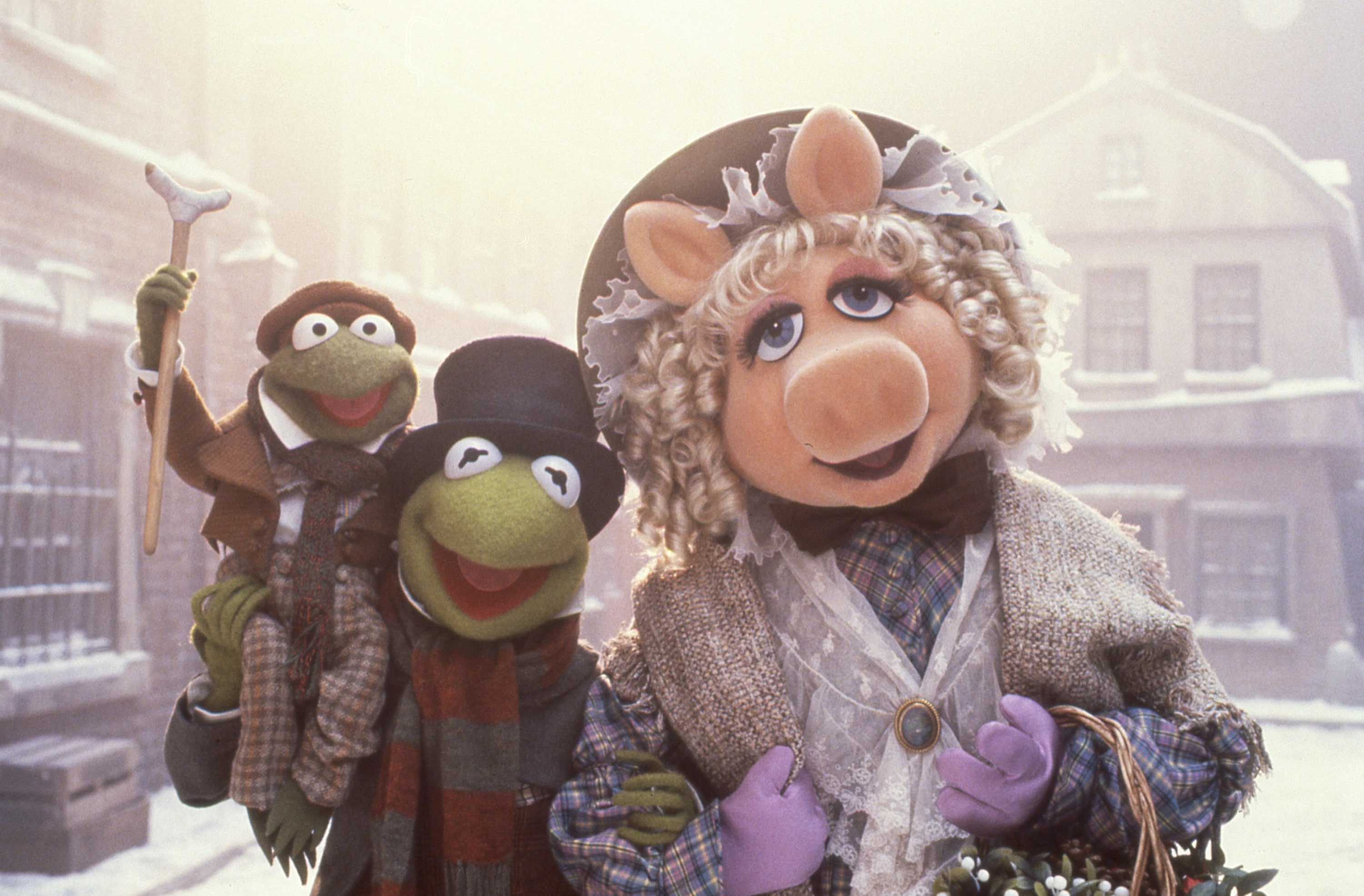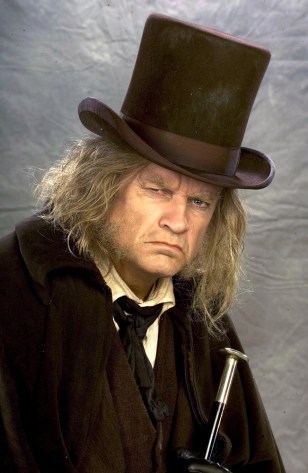The latter came from three spiders. The trio hung just over the banister opposite us, dangling on their threads, expressing their glee as the gentle gusts lifted them into the air.
One of the benefits of my talented house included the ability to hear and understand the spiders. They were our security system, watching us from their web perches, while thousands more hid in the attic should anything unwanted enter our home.
Saffron laughed. “They're so cute,” she giggled.
“You realize,” I said, without looking, “that you just called a spider 'cute.'”
“Hey!” one of them protested. “We're adorable.” Annabelle, the leader of the spiders, feigned her insult with another giggle. “Weeeeeee!”
Beneath them, on the railing, sat a large cockroach. His antennae twitched to and fro, but otherwise, he exuded his grumpiness. Don't ask me how. It's roach thing.

“Hercule,” Saffron finally asked him, “what's wrong?”
Oh, yeah, we could understand the cockroach, too.
I sighed at the question. “You had to ask.”
When the gardon--that's what he preferred to be called--failed to answer, I elaborated. “He's mad because I won't take him to see the new Star Wars flick.”
“Oh? Why not?” Saffron asked.
“Really? That's not obvious? He's a cockroach. People frown on bringing bugs into the theater. Go figure.”
“I hide in your pocket,” Hercule huffed in his French accent.
“Until you need to see the movie. Then you crawl all over me trying to find the best vantage, all the while I'm trying to make sure no one else sees you.” To Saffron I added, “Eventually, he decides the problem is I've chosen the wrong seat. When I'm not looking, he ups and leaves.”
“Uh, oh,” she nodded, clearly seeing where this story would go.
“You got it,” I nodded. “I get engrossed in the movie until I hear someone screaming nearby, then pandemonium ensues, and it's all I can to do get the little guy out of there before he gets smashed. All while trying not to look like some freak for talking to, picking up, and protecting a cockroach.” I folded my arms, pushing us a little faster with my foot from the aggravation. “Fact is, I'm not really welcomed in any of the theaters anymore.”
“So, this has happened more than once?” Saffron asked.
“Yes,” Hercule and I said at the same time.
“Weeeeeeeee!”
“You could wear a disguise,” the roach said. “If you dressed up as Princess Leia, no one would recognize you.”
“No,” I said, flatly.
“Please?”
“No. You'll wait, just like me, for the DVD to come out. Then we'll watch it together.”
The gardon let out a long, disgusted sigh as Saffron laughed and the spiders swung.
So. No spoilers, please. Not that I care, but the cockroach? He gets very upset.




